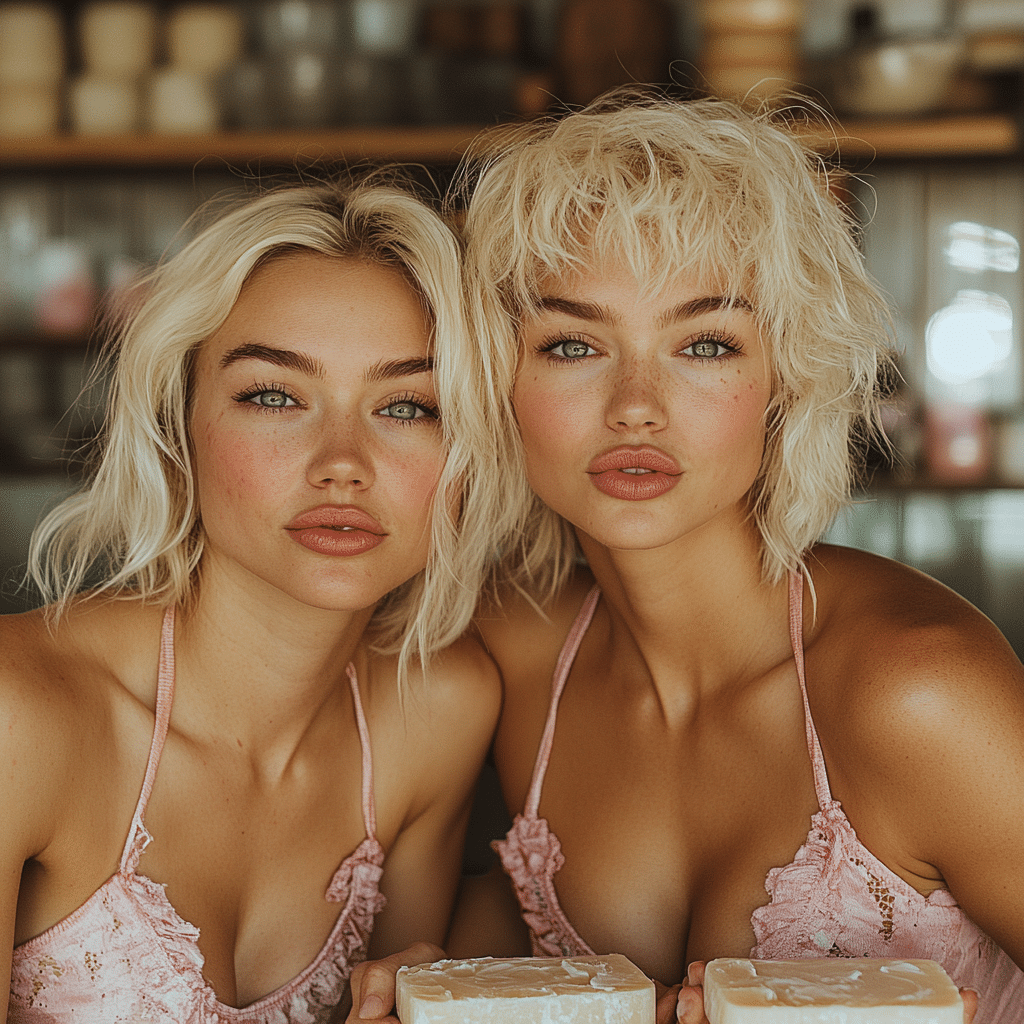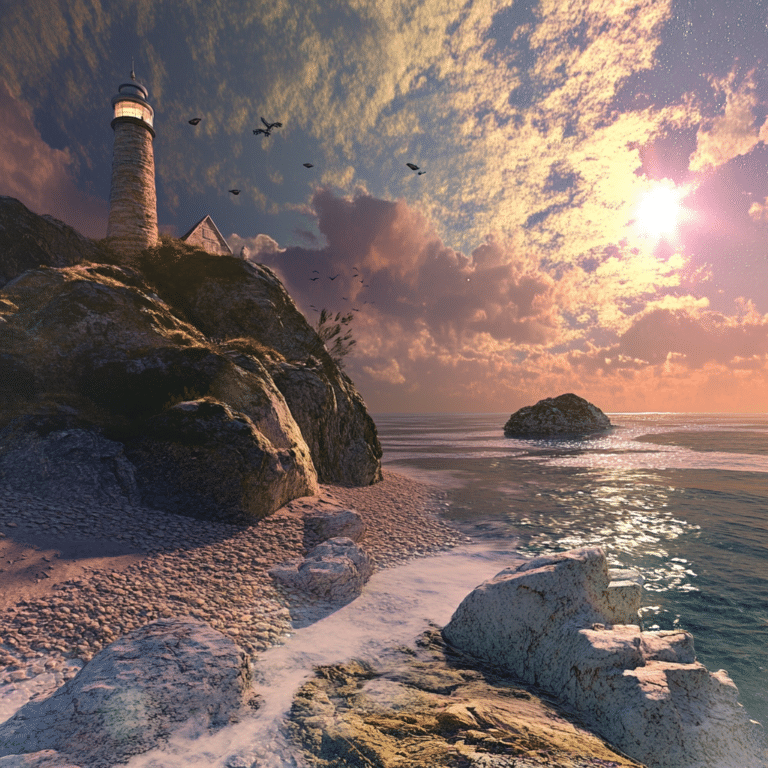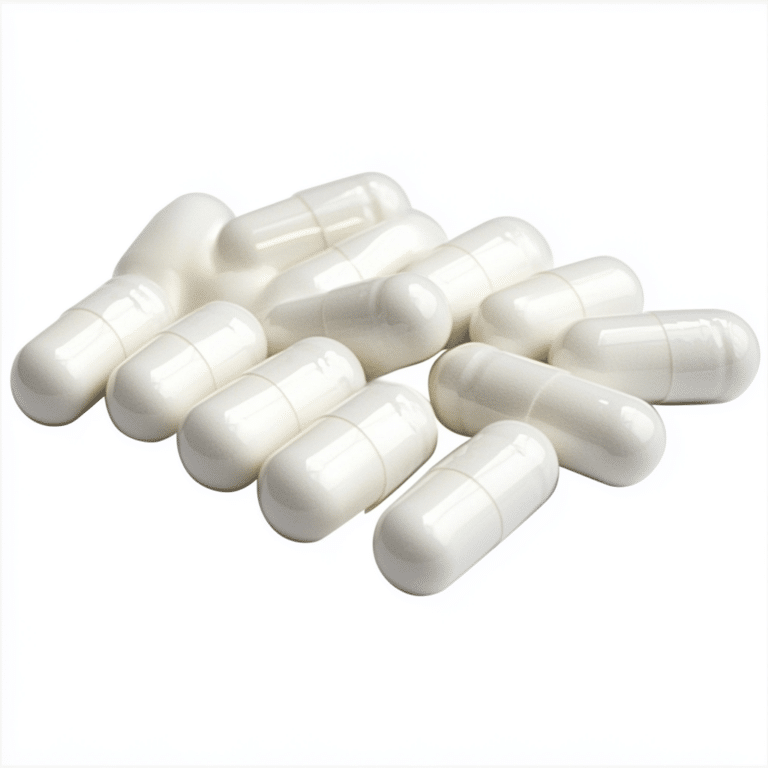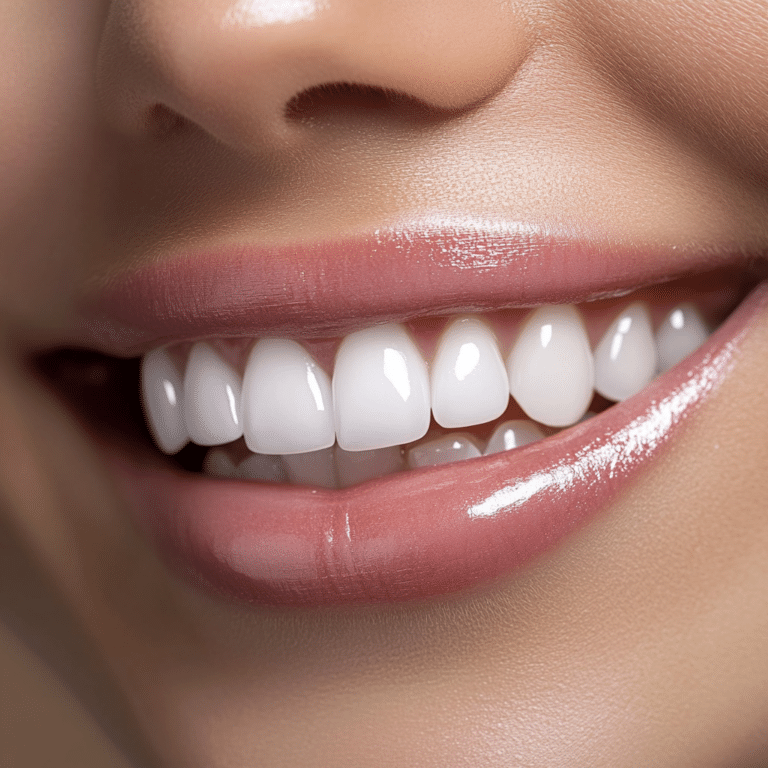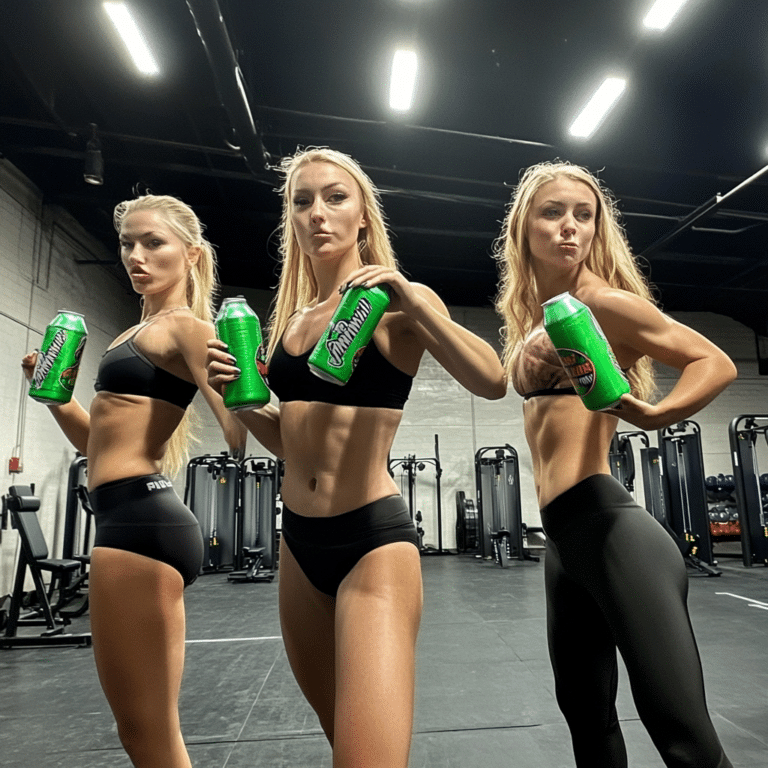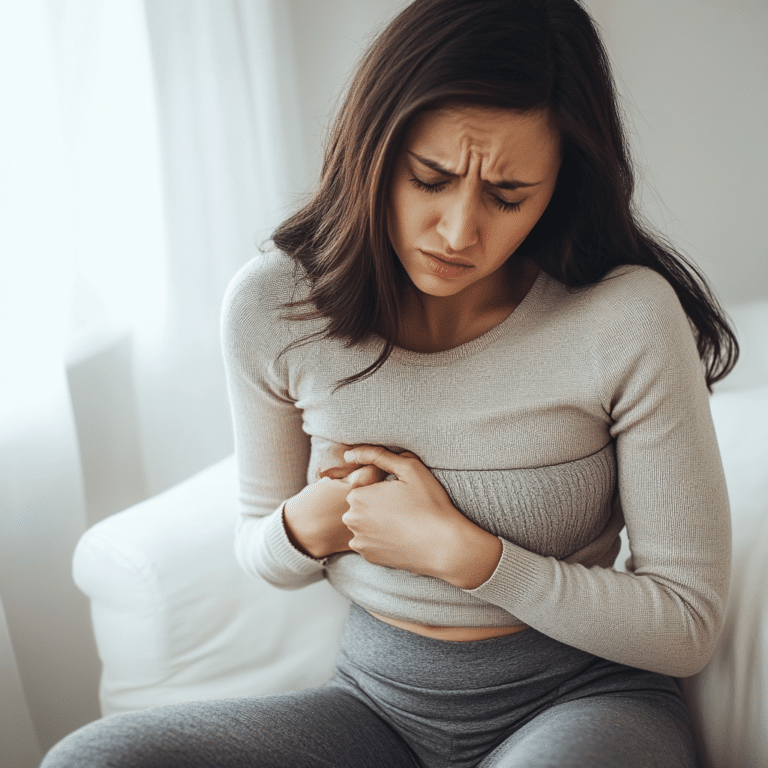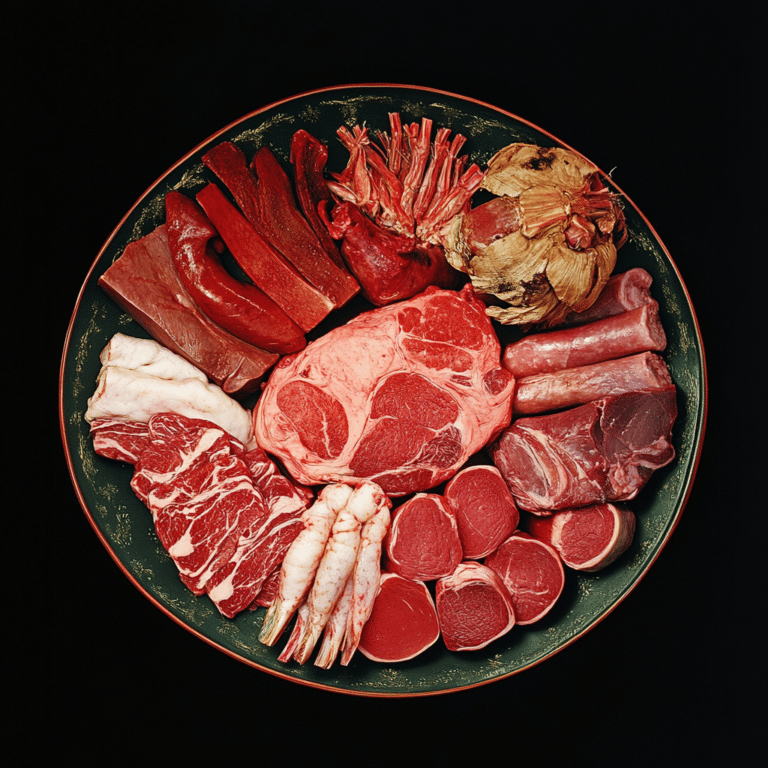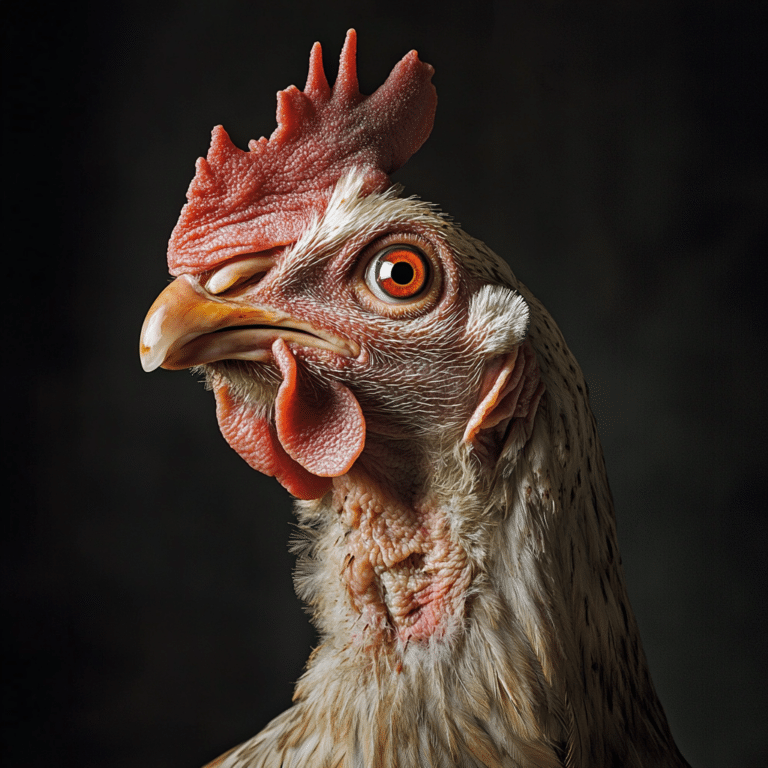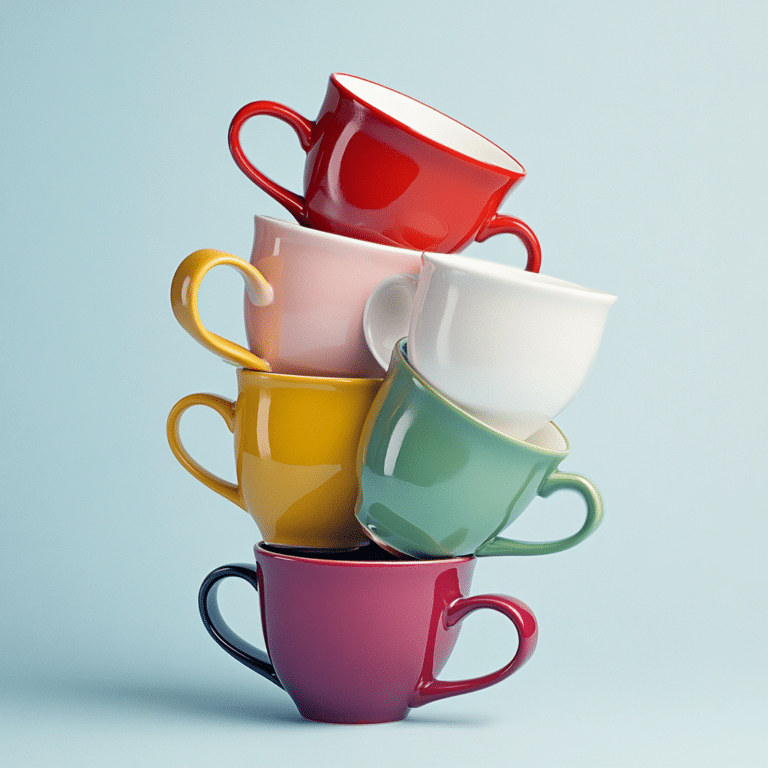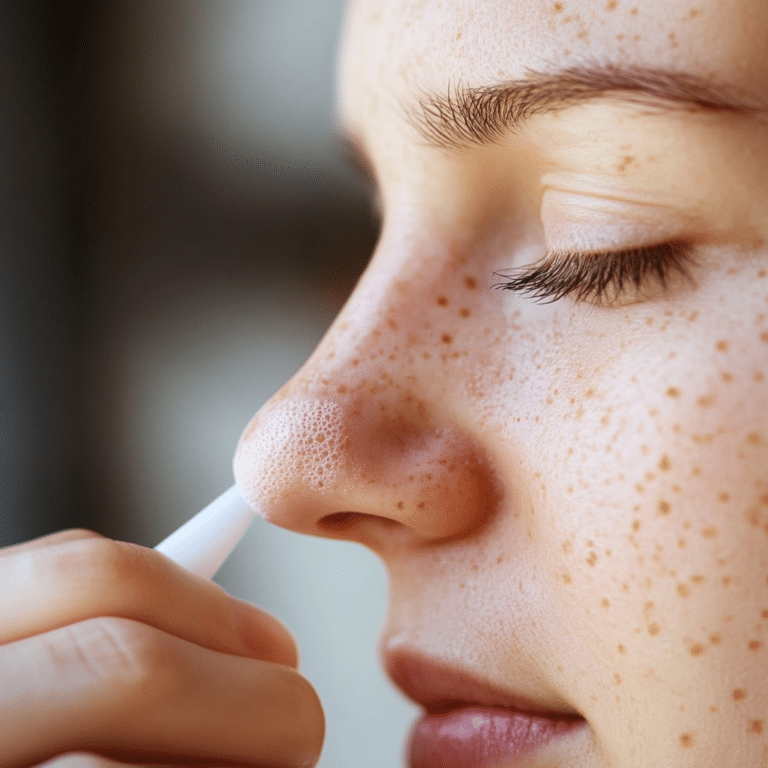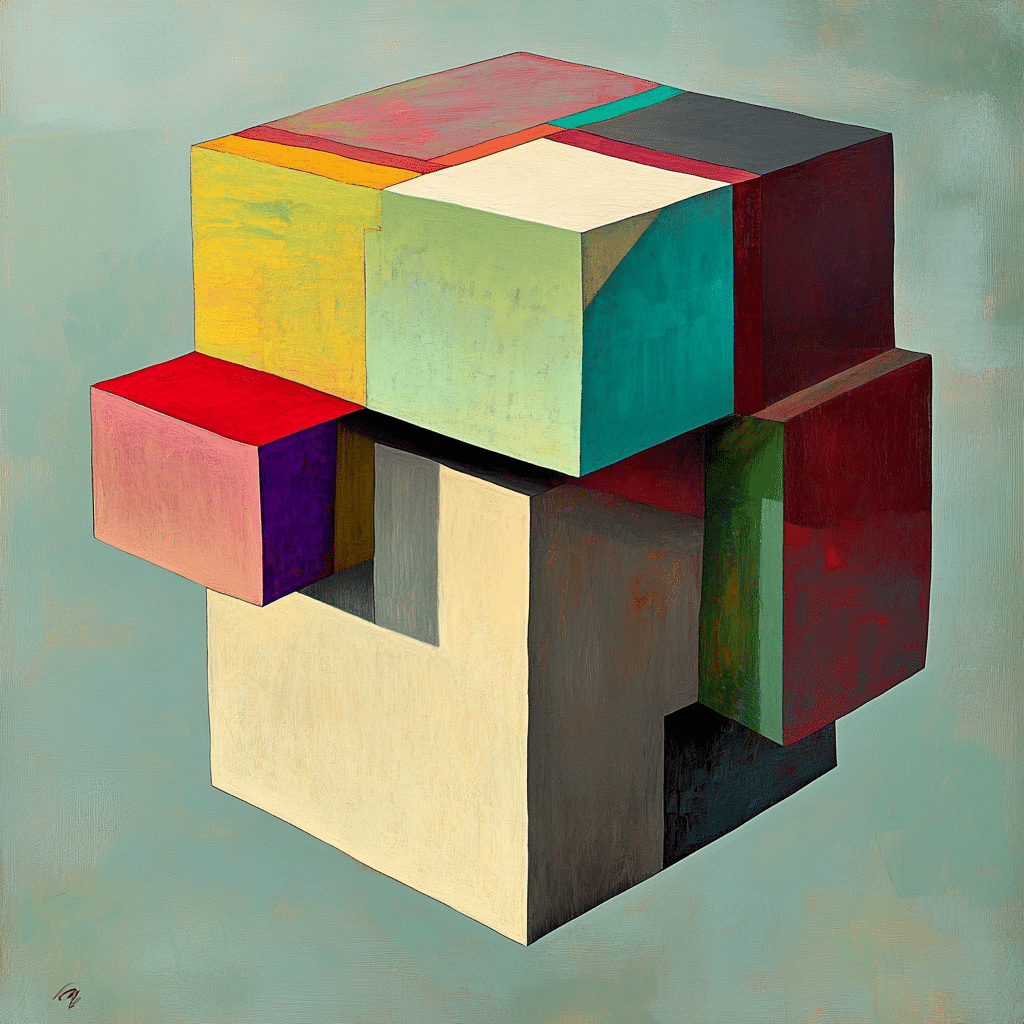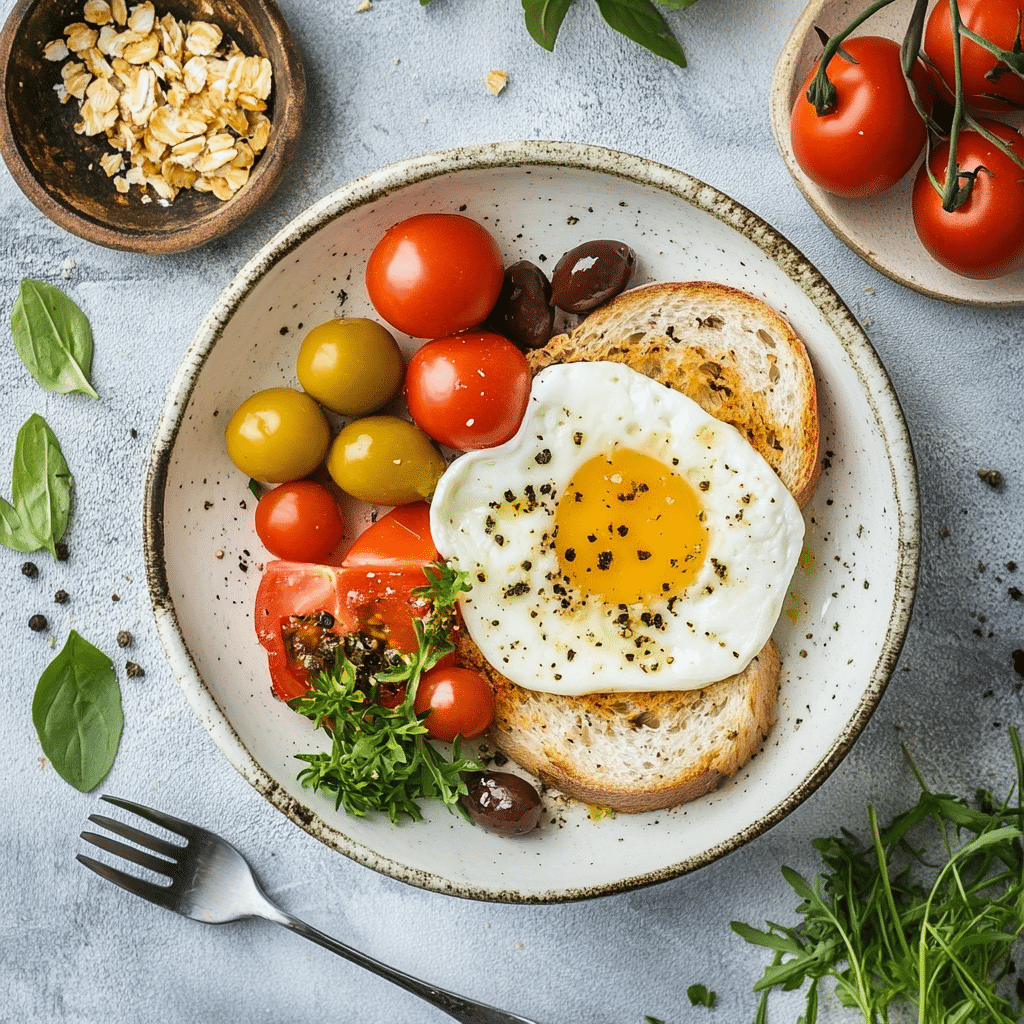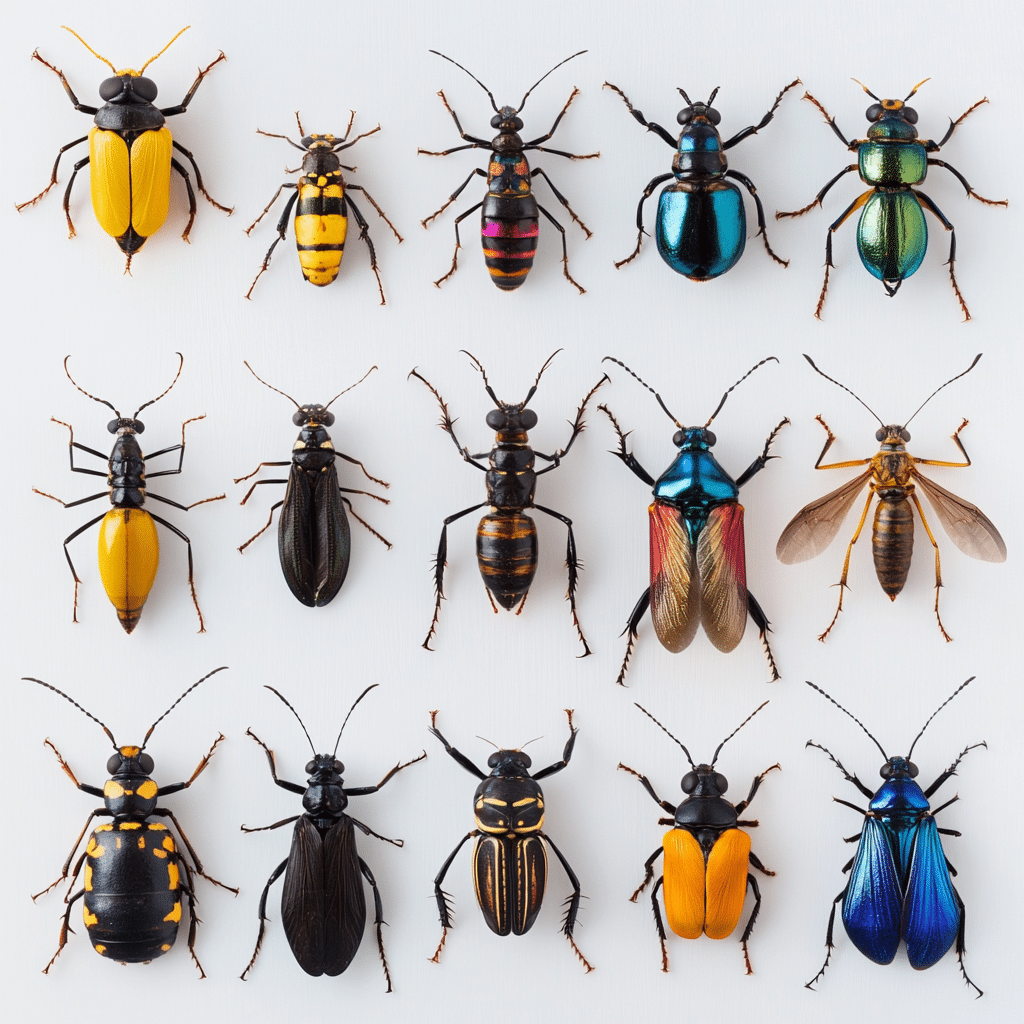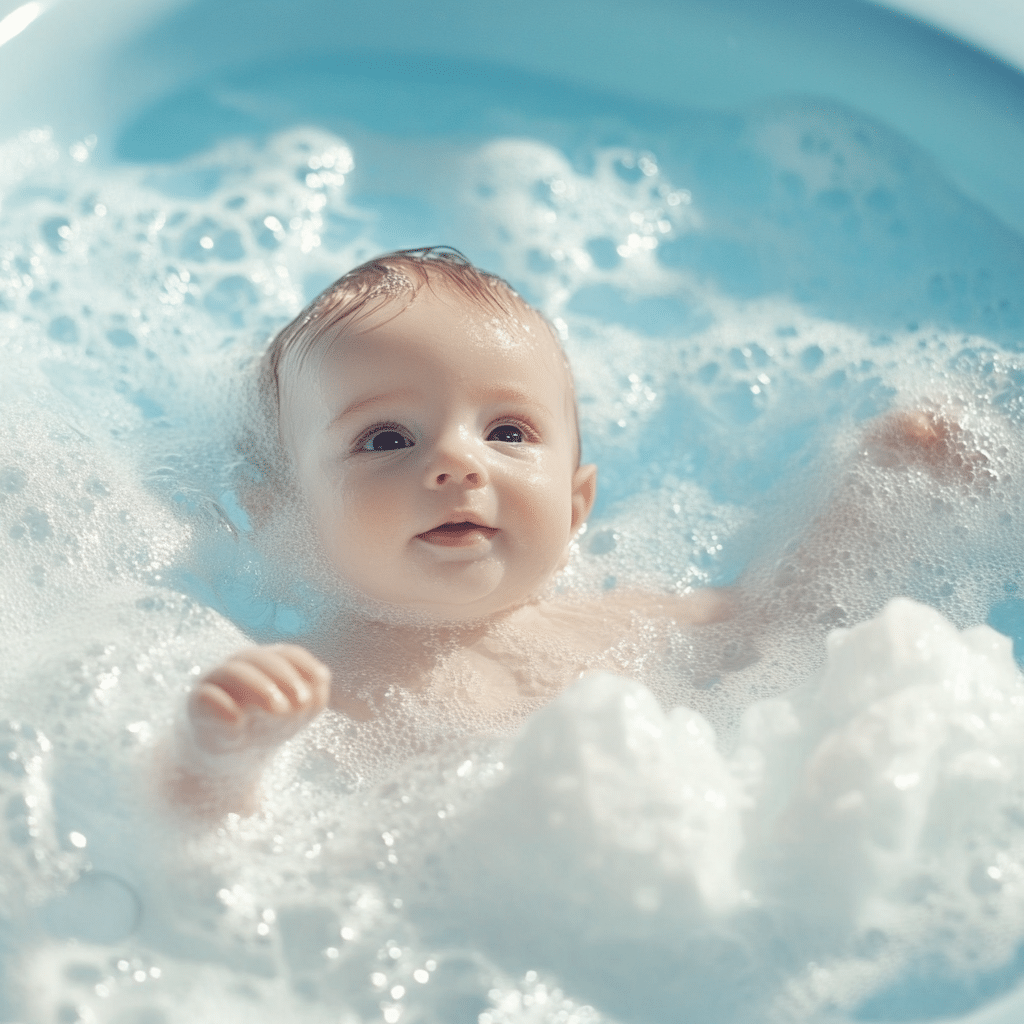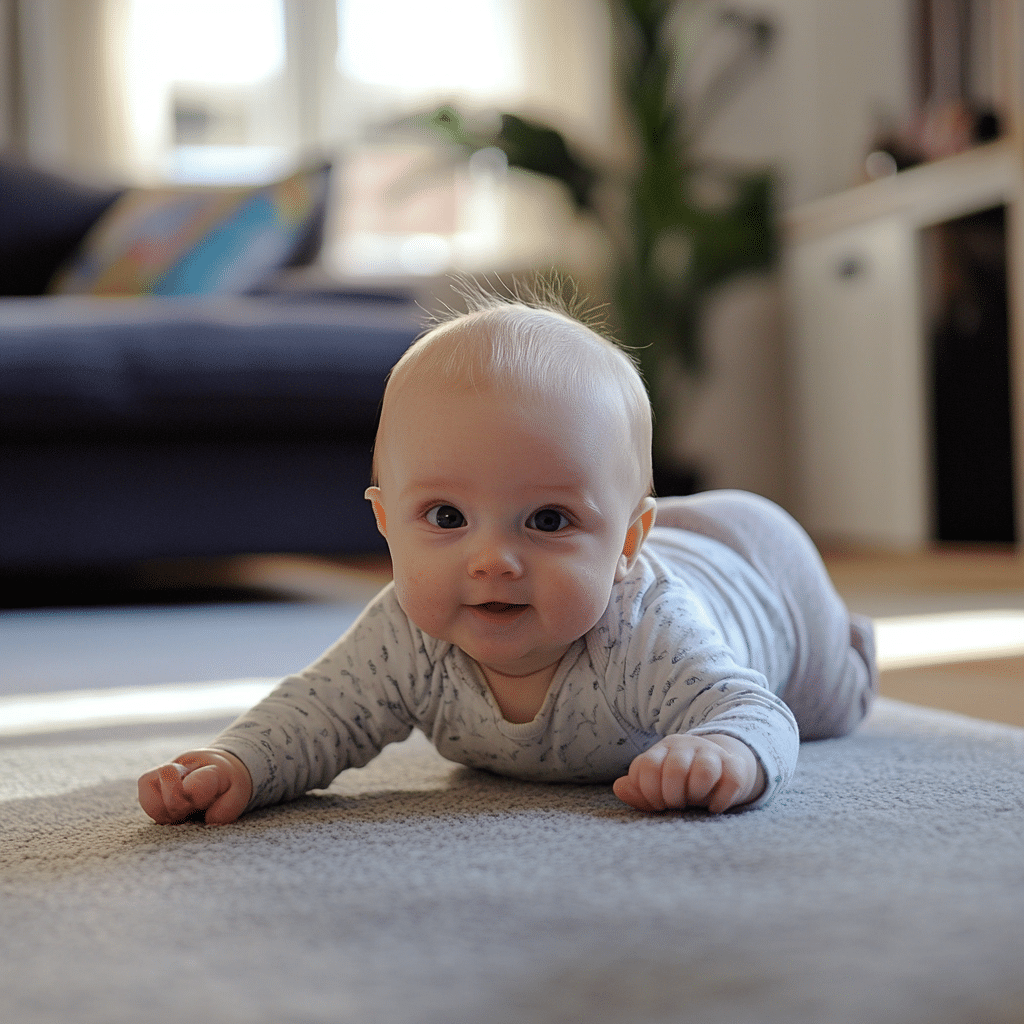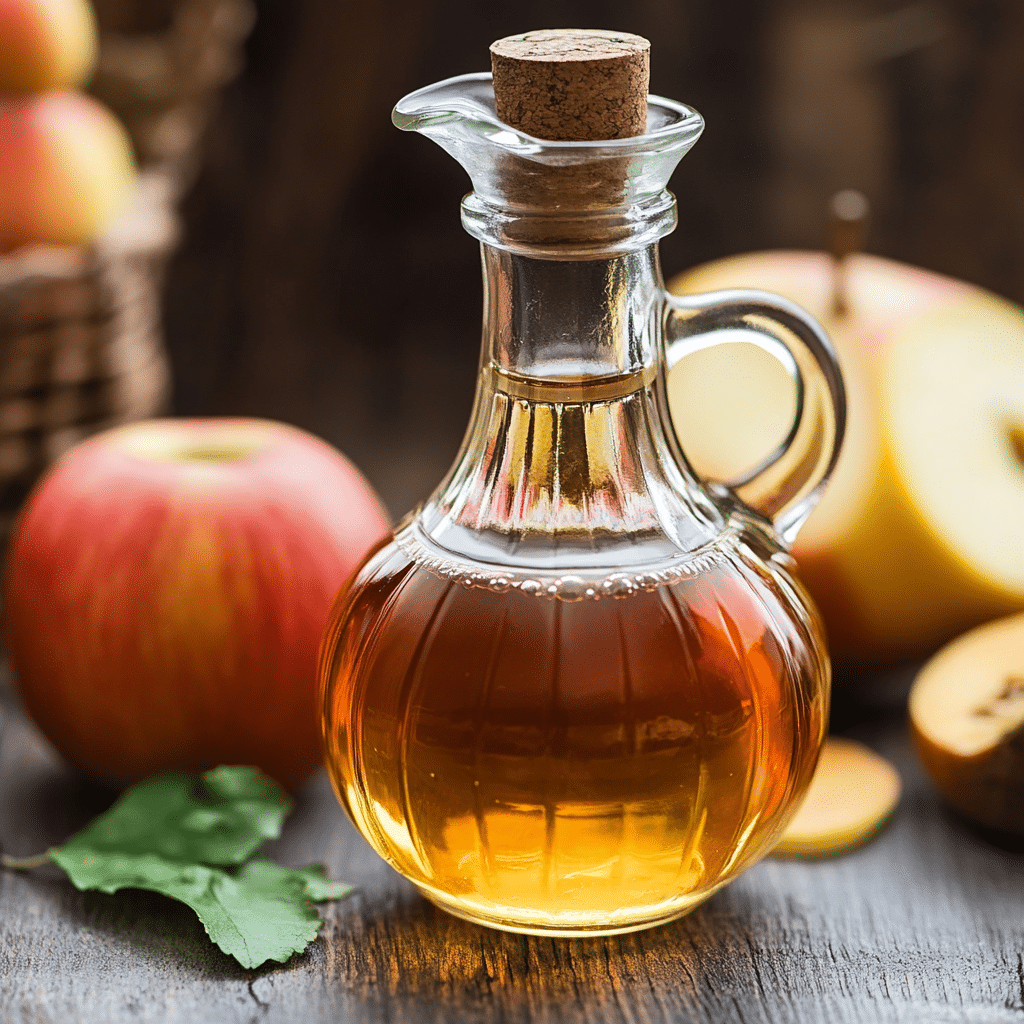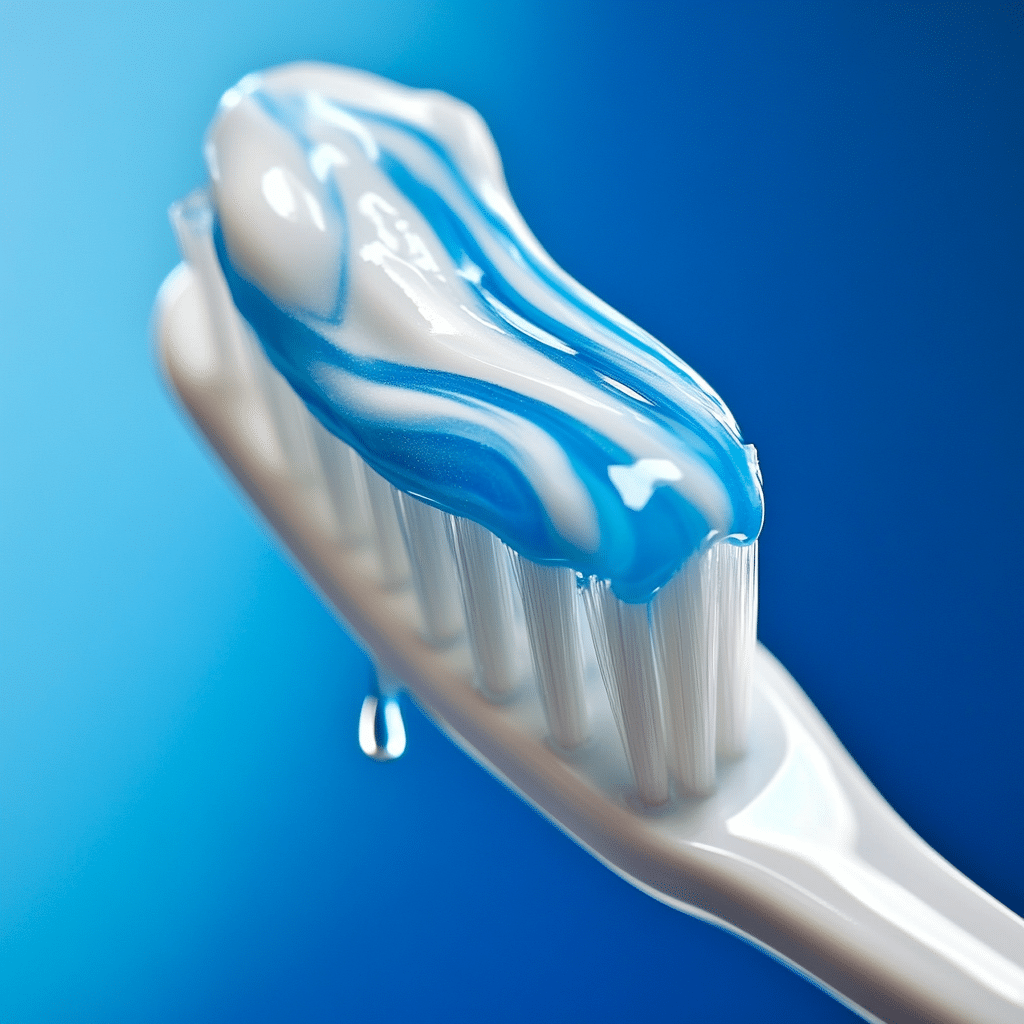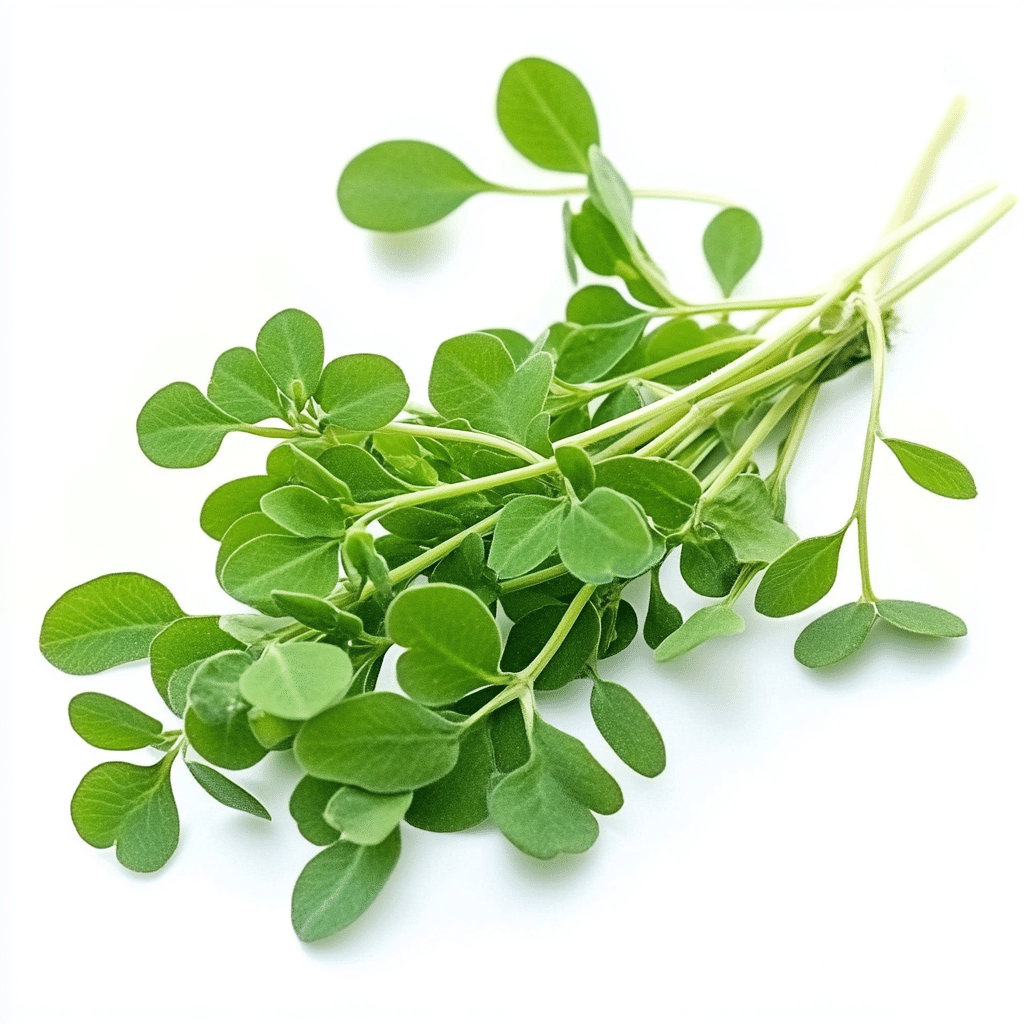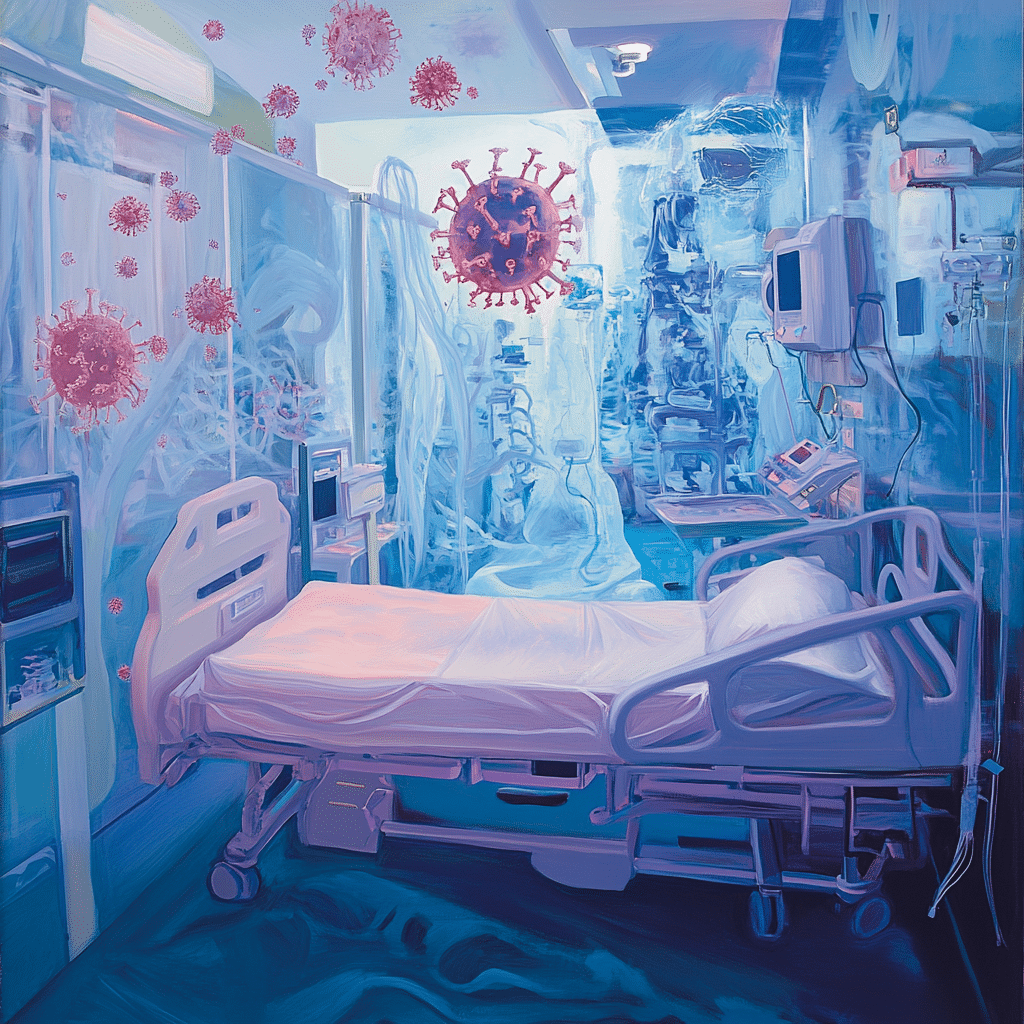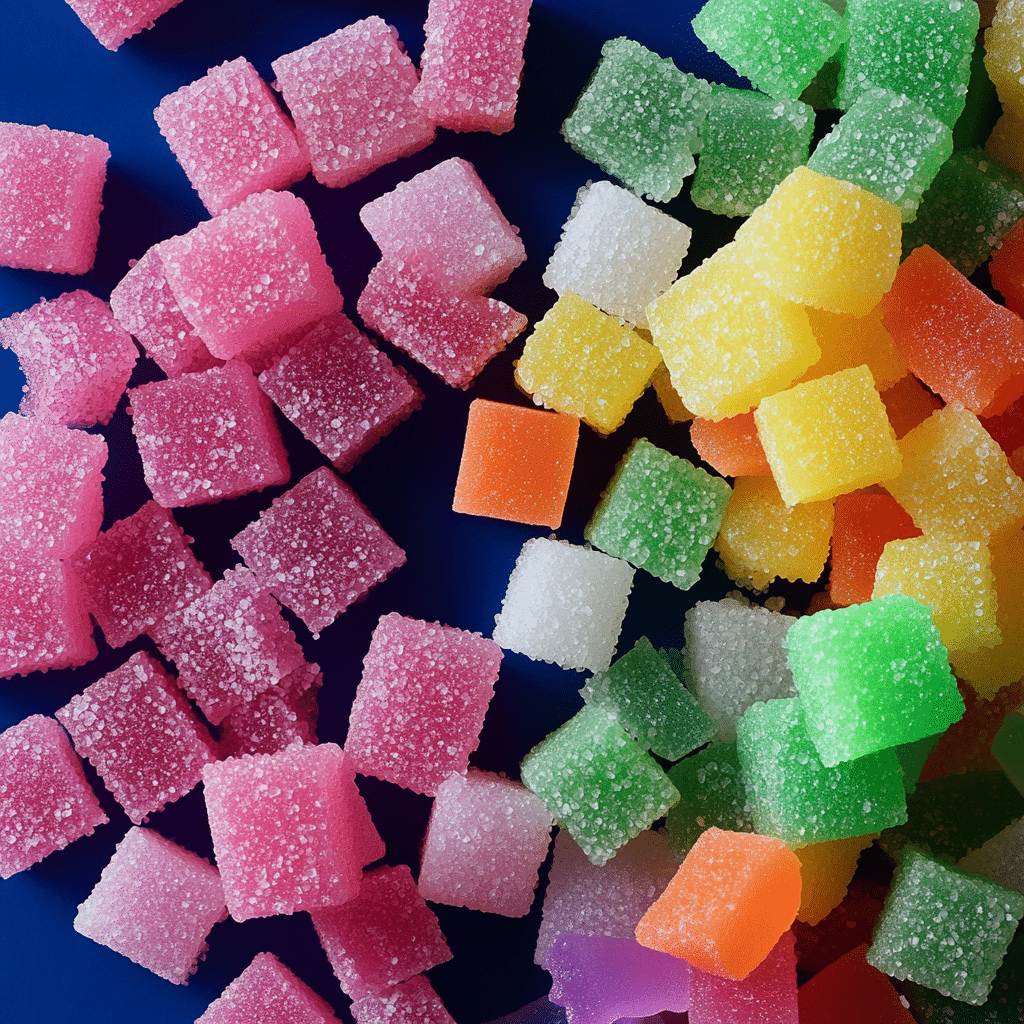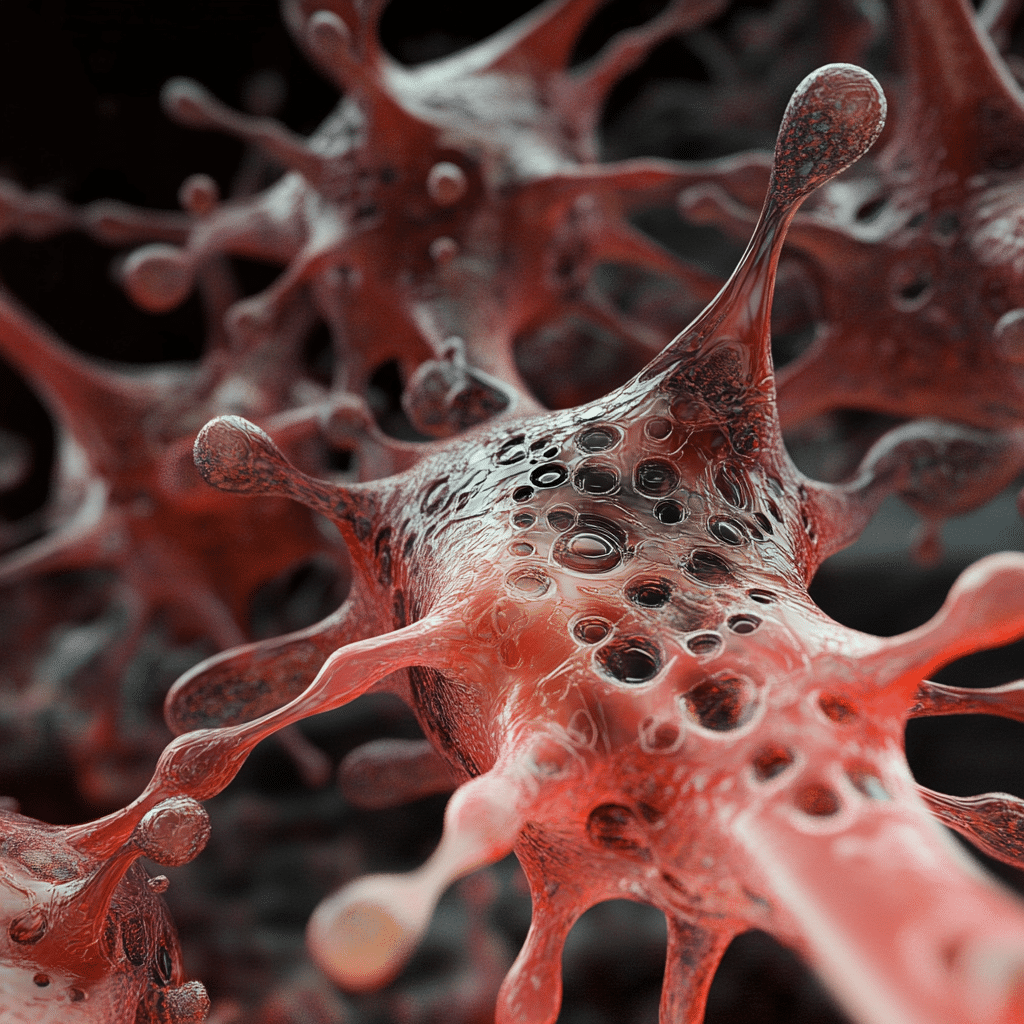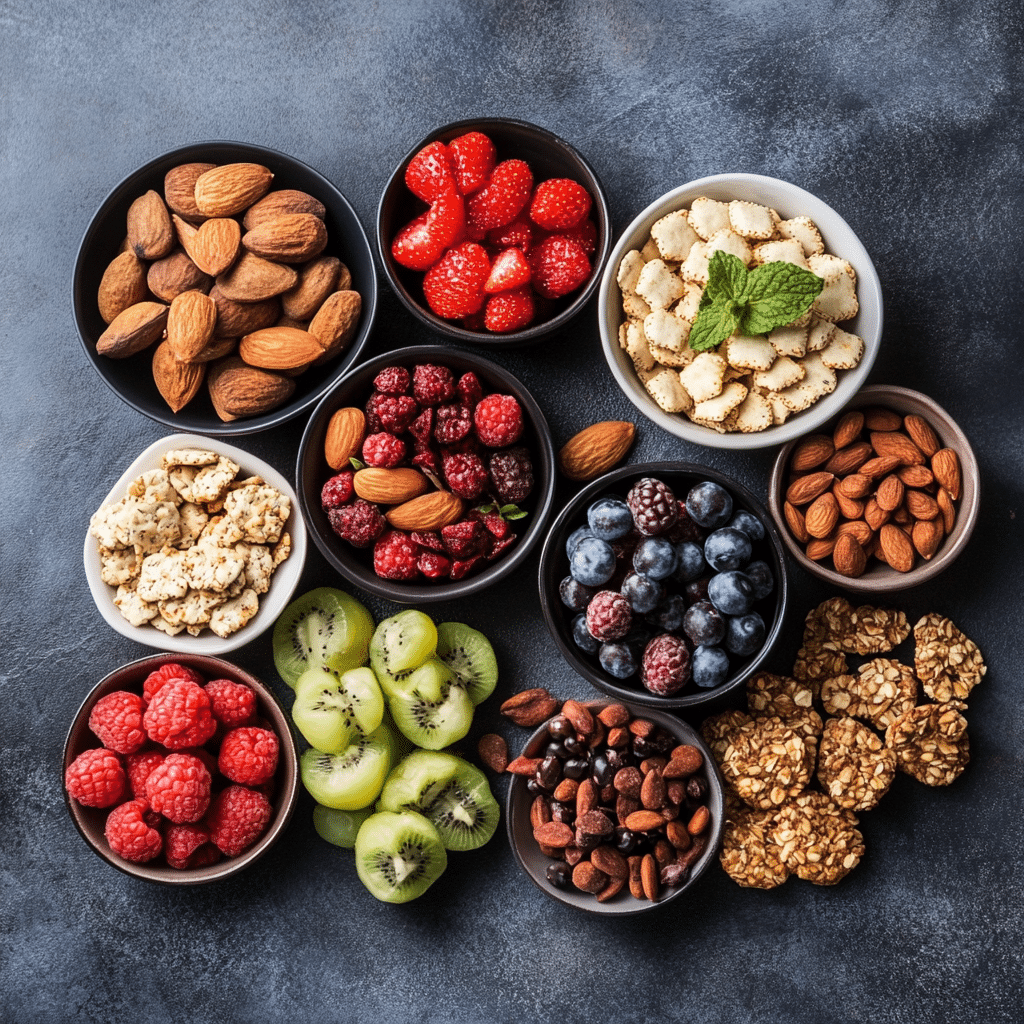Creating your own soap can be both a fulfilling hobby and a way to customize your personal care routine. Not only does homemade soap allow you to tailor scents and textures, but it also gives you the chance to build a lather that’s positively luxurious. So, let’s dive into how to make soap with easy steps for perfect bubbles that will have you feeling fresh, clean, and just downright great.
You might be wondering, “How can I create bubbles that rival those of my favorite commercial soaps?” Well, with the right ingredients and techniques, you can whip up a batch that not only cleans but also invigorates your skin. Some folks might even say mastering the art of soap making is as important as knowing how to lose water weight or how to whiten teeth — it’s all about self-care and moving toward a healthier lifestyle.
Stick with me here, and let’s break down the process into uncomplicated, easy-to-follow steps. With a bit of patience and practice, you can get it right each time!
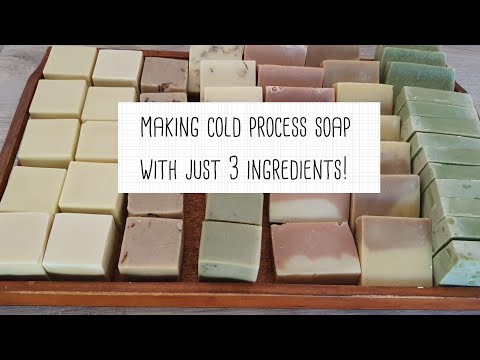
7 Essential Steps on How to Make Soap for Perfect Bubbles
To achieve those beautiful, luxurious bubbles in your homemade soap, follow these seven essential steps:
Selecting the appropriate oils is key to achieving a bubbly lather. Oils such as coconut oil, palm oil, and castor oil are excellent choices. Coconut oil is particularly famous for creating fluffy bubbles, while castor oil acts as a booster for lather. Brands like Dr. Bronner’s and Artisanal Soap Works offer quality oils designed for soap making.
You will need lye, distilled water, specific oils, and essential oils for scent. It’s crucial to have protective gear like gloves and goggles since lye can be caustic. Reliable suppliers include Wholesale Supplies Plus and Bramble Berry, which offer complete kits for beginners. Make sure to not skimp on your supplies; using quality ingredients pays off every time.
Accurate lye measurements are crucial in soap making. Utilize a reliable online lye calculator to determine the correct ratio of lye to fats. This prevents your soap from becoming lye-heavy, which can lead to irritation. Getting this aspect down is similar to learning how to pop your ears properly — it’s all about precision!
The method of mixing influences the bubbles. When emulsifying oils with a stick blender, you introduce air, which increases the bubble size in the soap. Mix until you reach what’s called a “light trace”; it indicates that the soap is well-mixed and ready for the next step. Remember, nobody likes flat, lifeless soap!
Keeping your soap mixture at an ideal temperature, around 100-110°F, helps achieve a consistent texture that facilitates good bubble formation. Use a thermometer, like those from Taylor Precision Products, to check the temp. Too hot or too cold can spell disaster for your bubbly masterpieces!
Use molds made from silicone or wood to define the shape of your soap. Silicone molds are fantastic as they allow for easier removal and help preserve air pockets, making for fluffier bubbles. Check out Soap Making Resource for some great options. The right mold can elevate your soap from ordinary to extraordinary!
Allow your soap to cure for 4-6 weeks in a cool, dry area. This process not only hardens the soap but enhances bubble quality, as glycerin forms during saponification, moisturizing the skin and keeping bubbles intact. A little patience here pays huge dividends down the road!
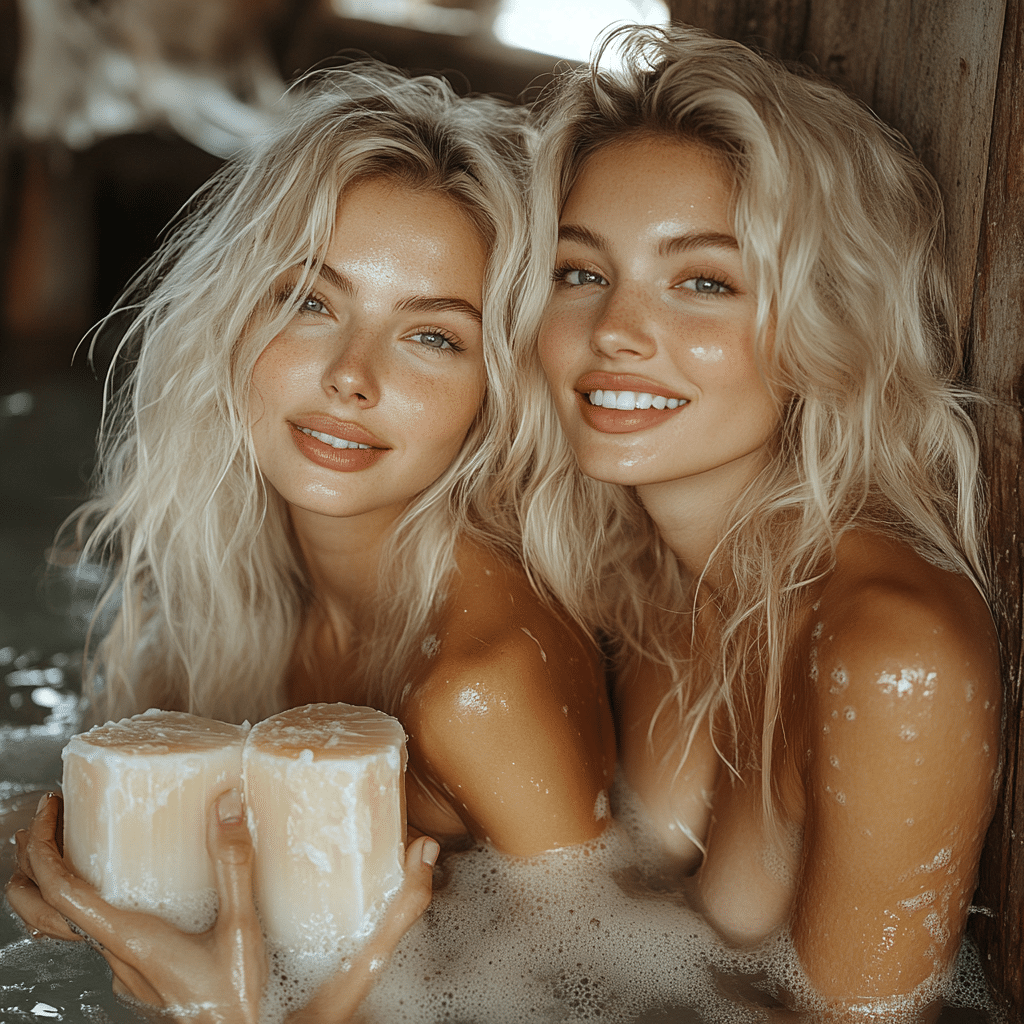
Understanding the Science Behind Great Soap Bubbles
When crafting soap, one must understand the science of fats and lye. Lye, or sodium hydroxide, reacts with oils during saponification, breaking them down into fatty acids and glycerin. This reaction is crucial for bubble formation. Think of it like the perfect recipe; without all the right ingredients, you won’t get that sweet, frothy result.
Adding additives like sugar or honey can elevate your bubble game. These ingredients nourish the bacteria in your soap that help create longer-lasting bubbles. It’s similar to ensuring that you’re using high-quality gear when hitting the gym — good fundamentals lead to better results!
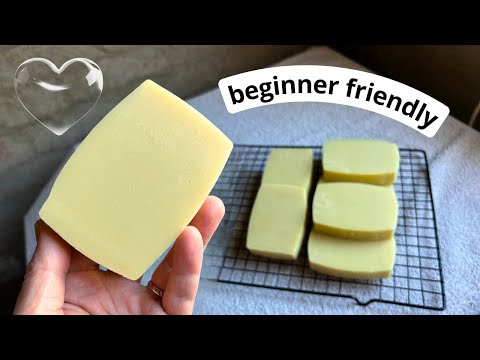
Tips for Adding Unique Scents and Colors
When exploring how to make soap, the scents from essential oils are a game-changer. Oils like lavender or eucalyptus, sourced from trusted companies such as Young Living or doTERRA, not only give your soap delightful aromas, but they can also enhance lather quality. Imagine stepping into the shower and being greeted with a burst of refreshing fragrance; that’s what we’re going for!
Colorants can also make your soap visually appealing. Natural colorants like beetroot powder or indigo are skin-safe and effective. If you want vivid colors in your soap, brands like Nurture Soap provide non-toxic options that can really bring your creations to life!
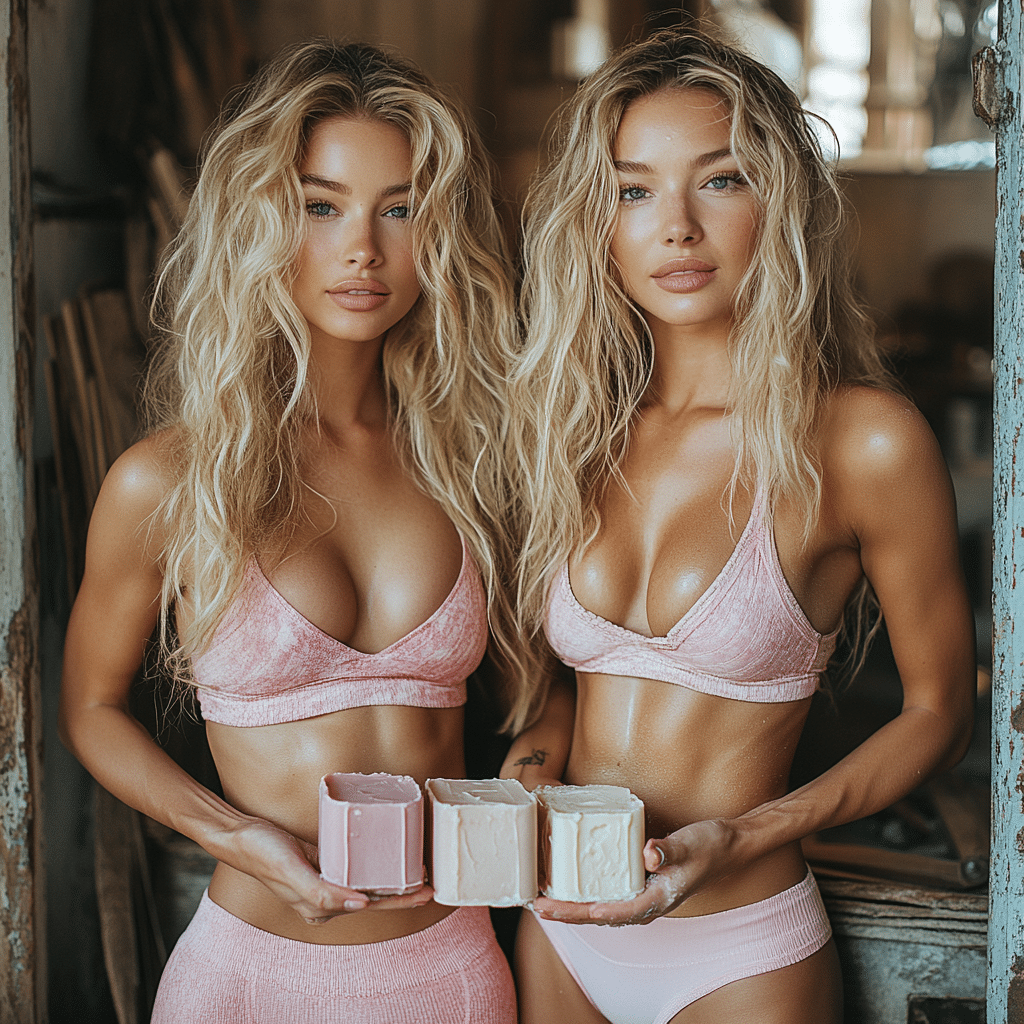
Common Mistakes to Avoid
When diving into how to make soap, it’s vital to avoid common pitfalls:
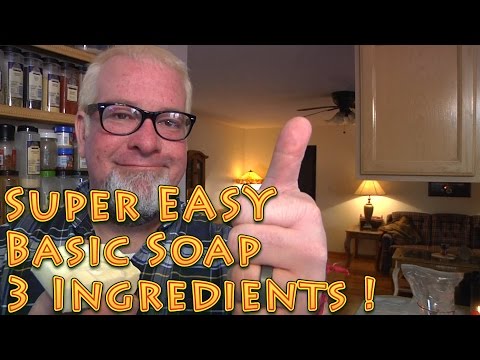
Exploring Other DIY Ideas: Diversification in Crafting
Once you feel comfortable with how to make soap, consider branching into other DIY projects like bubble bath or shower gel, which share similar principles for optimal foaming. You can use the same oils and additives that yield bubbly soap, thus expanding your crafting methods.
Another fascinating point is the knowledge gained from soap making extends to self-care practices. Just as crafting quality soap demands attention to detail, maintaining overall wellness can be equally meticulous. Understanding how to handle things like phlegm in the throat or therapeutic massage techniques can improve your overall health game.
Your Creative Soap Journey Awaits
Venturing into the world of soap making opens doors to creativity and self-sufficiency. Every step in crafting soap mirrors various life skills, equipping you with knowledge and practical experience. So unleash your inner artisan, embrace this journey, and create those perfect bubbles in your homemade soap.
Before you know it, you’ll be lathering up with pride, knowing that you crafted something uniquely yours. Whether it transforms your shower routine or becomes a thoughtful gift, your homemade soap journey starts now, and the possibilities are endless. So, what are you waiting for? Let’s get soaping!
How to Make Soap: Engaging Trivia and Interesting Facts
A Brief History of Soap Making
Did you know that soap has been around for thousands of years? The earliest evidence of soap-making dates back to ancient Babylon in 2800 BC! Initially, it was created by mixing water, alkali, and oils. This ancient practice has evolved significantly. Today, modern soap lovers continue to explore how to make soap at home. As you craft your bubbly creations, you might be surprised to learn that just like a well-timed movie twist in one of those Jj Abrams Movies, soap’s journey has plenty of unexpected turns. Whether you’re just trying to rid yourself of pesky phlegm in throat or hoping for cleaner laundry, soap has got you covered!
The Science of Bubbles
Now, here comes the fun part—the bubbles! A common misconception is that more ingredients equate to more bubbles. Well, here’s a nugget for you: the quality of the fats and oils you use has a significant impact. Not only do they affect the durability of your soap, but they also influence how well those bubbles form. When learning how to make soap, experimenting with different ratios can yield surprising results! Just like choosing the right interest rate on a mortgage to save funds for a new stationary bike, figuring out the best soap recipe can be a rewarding journey.
Claim Your Own Creativity
Getting creative with fragrances and colors can turn a simple soap into something special. Want that minty fresh scent? Go for essential oils. Feeling adventurous? Mix in some natural colorants! The options are endless. Interestingly, soap-making can be soothing—much like the calm after Hurricane Idalia passed through various communities. It’s a hands-on, therapeutic experience for many. As you enjoy your homemade soap, think about how you can share your creations with friends. Who knows, you might even start a new trend that’s as talked about as the newest whitening toothpaste!
Such delightful trivia not only enriches your knowledge of how to make soap but also makes the entire process more enjoyable. So next time you pick up a bar of soap, remember all the fascinating history and science that went into creating those perfect bubbles!
